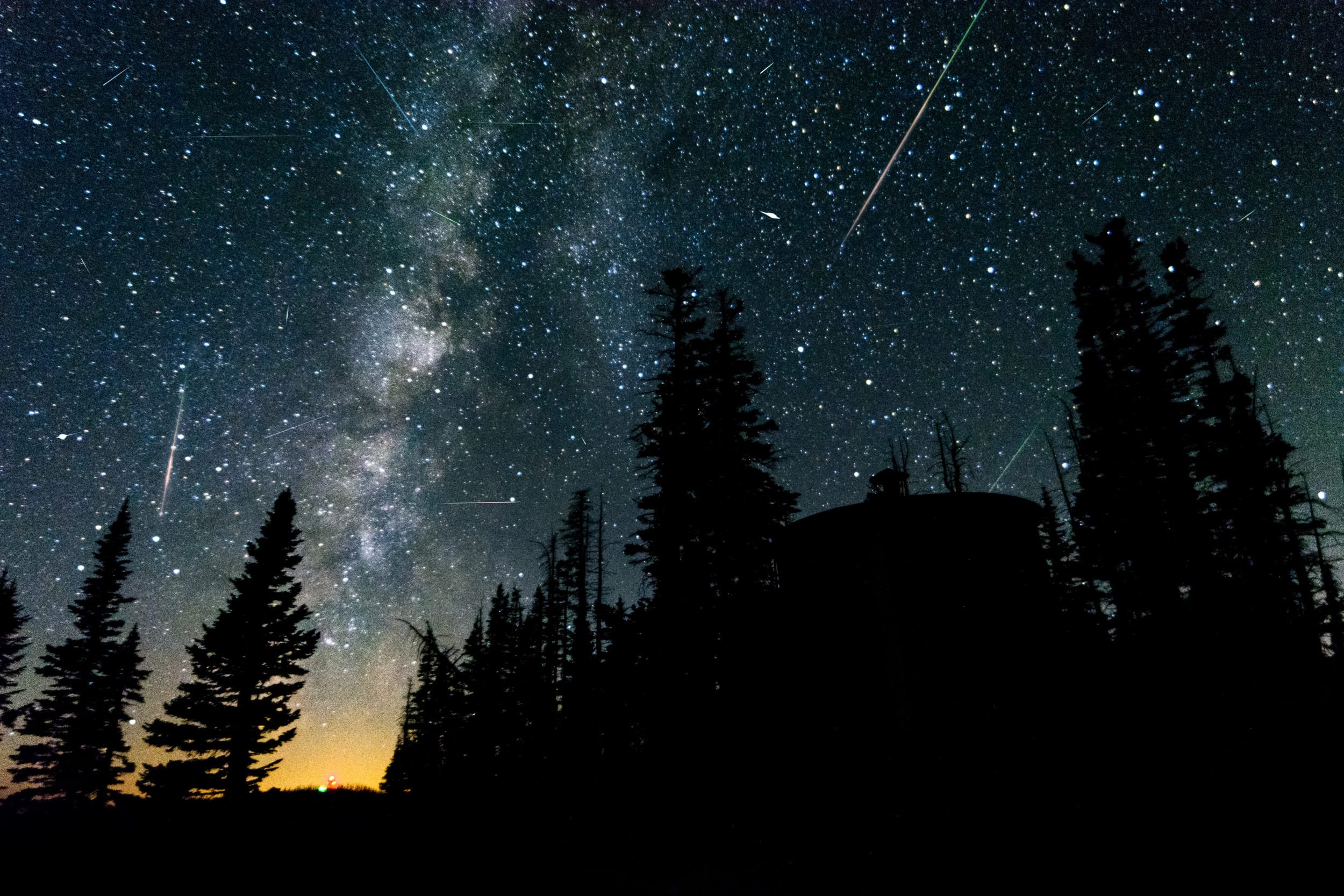The James Webb Space Telescope (JWST), a flagship mission of NASA, has recently made significant strides in the field of astrophysics by unveiling the complex layers of interstellar dust and gas. This remarkable achievement not only enhances our understanding of the universe but also sheds light on the processes that govern star formation and the evolution of galaxies. The intricate structures observed by Webb are crucial for comprehending the lifecycle of stars and the dynamics of cosmic environments.
Interstellar dust and gas are fundamental components of the universe, serving as the building blocks for stars and planets. These materials are dispersed throughout galaxies, often forming dense clouds that can collapse under their own gravity to initiate the star formation process. The JWST’s advanced capabilities allow it to observe these regions in unprecedented detail, providing astronomers with a clearer picture of how stars are born and evolve over time.
One of the key features of the JWST is its ability to capture infrared light, which is essential for observing celestial objects obscured by dust. Traditional telescopes, which primarily operate in the visible spectrum, often struggle to penetrate these dense clouds. However, Webb’s infrared capabilities enable it to peer through the dust, revealing the hidden structures and processes that are otherwise invisible. This has led to the discovery of intricate layers of dust and gas that form complex patterns, indicating the dynamic interactions occurring within these regions.
The data collected by the JWST has already begun to transform our understanding of star formation. For instance, the telescope has identified various stages of star development, from the initial collapse of gas clouds to the formation of protostars. These observations provide critical insights into the conditions necessary for star formation and the factors that influence the rate at which stars are born. By studying these processes, astronomers can better understand the lifecycle of stars and their impact on the surrounding environment.
In addition to star formation, the JWST’s observations of interstellar dust and gas also contribute to our knowledge of galaxy evolution. Galaxies are not static entities; they are constantly changing and evolving over time. The interactions between dust, gas, and stars play a significant role in this evolution. By mapping the distribution and composition of interstellar materials, the JWST allows researchers to investigate how galaxies form, grow, and interact with one another.
The intricate layers of dust and gas observed by the JWST also have implications for our understanding of the chemical processes that occur in space. These materials are rich in various elements and compounds, many of which are essential for the formation of planets and the emergence of life. By studying the composition of interstellar dust and gas, scientists can gain insights into the origins of the elements that make up our solar system and the potential for life elsewhere in the universe.
Furthermore, the JWST’s findings are not limited to our own galaxy, the Milky Way. The telescope has the capability to observe distant galaxies, providing a glimpse into the early universe. By analyzing the light from these galaxies, astronomers can infer the conditions that existed billions of years ago, offering valuable information about the formation and evolution of the cosmos.
The implications of the JWST’s discoveries extend beyond academic research. Understanding the processes of star formation and galaxy evolution can inform our knowledge of the universe’s history and its future. As scientists continue to analyze the data collected by the telescope, they are likely to uncover new phenomena and refine existing theories about the cosmos.
In conclusion, NASA’s James Webb Space Telescope has made groundbreaking contributions to our understanding of interstellar dust and gas. By revealing the intricate layers and complex structures within these materials, the JWST enhances our knowledge of star formation, galaxy evolution, and the chemical processes that shape the universe. As researchers continue to explore the data provided by this powerful instrument, the insights gained will undoubtedly deepen our understanding of the cosmos and our place within it.


